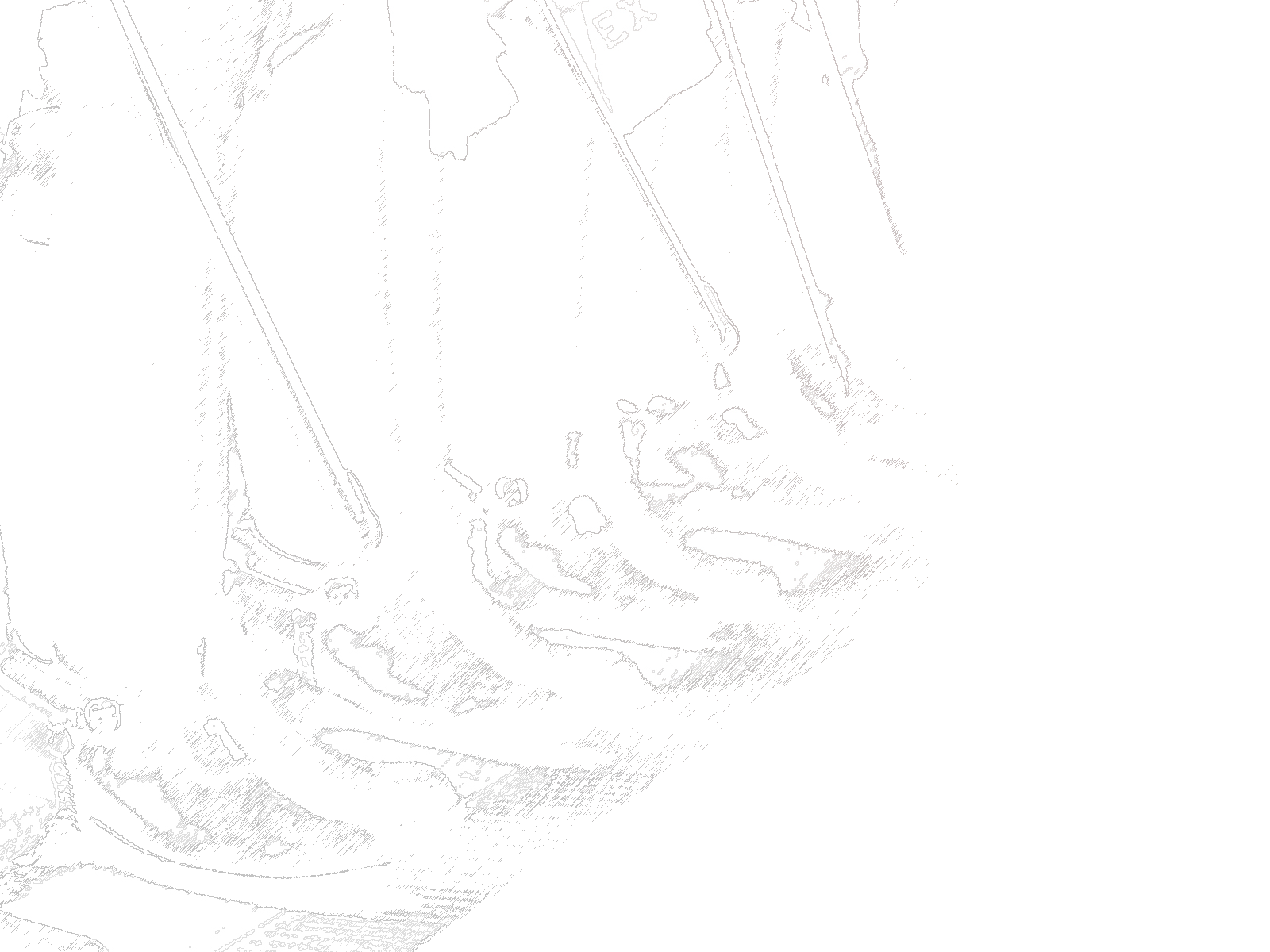Here is my full column that ran in the Washington County Daily News last week.
The Legislative Fiscal Bureau released two memos last week with very similar numbers about two separate items. The first was about tax collections. The second was about tax expenditures. They tell a story about government and governance in modern America.
The first memo was about how money from the Coronavirus Relief Fund is being allocated. As part of the first big coronavirus stimulus bill passed by Congress in March of 2020, the state of Wisconsin was allocated $1.99 billion from the CRF to be used to cover unbudgeted expenses related to the pandemic by government entities. The memo details how the CRF money is being spent on things like health care facilities, payments to hospitals, contact tracing, and other logical things that were directly impacted by the pandemic. The memo also details how the CRF money is being spent on things like movie theater grants, broadband expansion, corporate welfare to ethanol producers, higher education funding, and a nice $233 million bucket for “state agency reimbursements.”
The use of CRF money is a perfect example of government and governance operating poorly. The CRF was designed as a gigantic slush fund to take tax dollars from all Americans in the form of federal taxes to be paid by future taxpayers to give to state and local governments in the present. By law, the money must be spent by the end of this year or it must be returned to the federal treasury. That is why the money is being poured into pet projects like broadband expansion, state agencies, and government education systems. Whether they actually need the money or actually incurred pandemic- related expenses is immaterial. What is more important is that the state spend the money before the deadline.
One part of the CRF rules is telling. In order to facilitate “administrative convenience,” government school districts can spend up to $500 per pupil without being required to document the specific uses of the spending. The money will be arbitrarily “presumed to be eligible.” This amounts to $410 million in additional government spending that may or may not have anything to do with the pandemic.
The second memo that the LFB released had to do with a surplus in tax collections. When the Legislature wrote the budget in 2019 before the pandemic, they estimated that the state tax laws would collect about $17.6 billion in taxes for the general fund. The preliminary final estimate shows that the state actually collected $19.6 million in taxes. The state collected about $1.9 million more in taxes than they thought they would.
Bearing in mind that the original estimate did not take into account the pandemic, the surplus tax collections are astounding. In the 2020-2021 state budget, the Republicans in the Legislature fought off Governor Evers’ attempt to raise taxes and cut them instead. The result is what we generally see when government cuts taxes — tax collections go up.
The simple reason for this is because money is taxed when it moves. When people have more money in their pockets because taxes are lower, they do not bury it in the backyard. They use it. When they spend it or invest it, the money is taxed, thus resulting in higher collections. In particular, the greatest contributor to the tax surplus was higher corporate income tax collections. Corporations took their tax cuts, invested them back into their businesses, and grew taxable profits.
There is a point at which cutting taxes will result in lower tax collections because the economy is already flush with money, but all indications are that the state of Wisconsin could still enact large tax increases and still see tax collections increase. This is because Wisconsin’s tax burden is already much higher than it should be to balance tax collections with economic movement.
The tax surpluses are an example of government and governance doing something well. The Republican tax cuts put money directly into the pockets of taxpayers and business owners without going through layers of government bureaucracy and expense. The result was that tax collections went up and the state could provide almost the same amount of relief as they received from federal taxpayers in the CRF.
The LFB’s two memos highlight how cutting taxes not only results in more taxes being collected, but they also render politicized and bureaucratic relief funds unnecessary by just letting taxpayers keep the money they earned.
The best government is the government that governs least.

Sure, tax cuts are nice. Spending cuts would be better. Not cuts to budget increases. Flat out less spending. All levels of government. 5% minimum year 1. 2% a year for 10 years after. Nobody would notice. So many duplicate programs, waste, laziness, and a general attitude of who cares it’s not my money.
What he said.
Completely agree.
I agree too. The problem is that even if the Government agreed too, they would spend billions and 20 years on the committees to decide what to cut, until through inefficiency and graft, the first program to finally be axed would be the committees to decide what to get rid of.